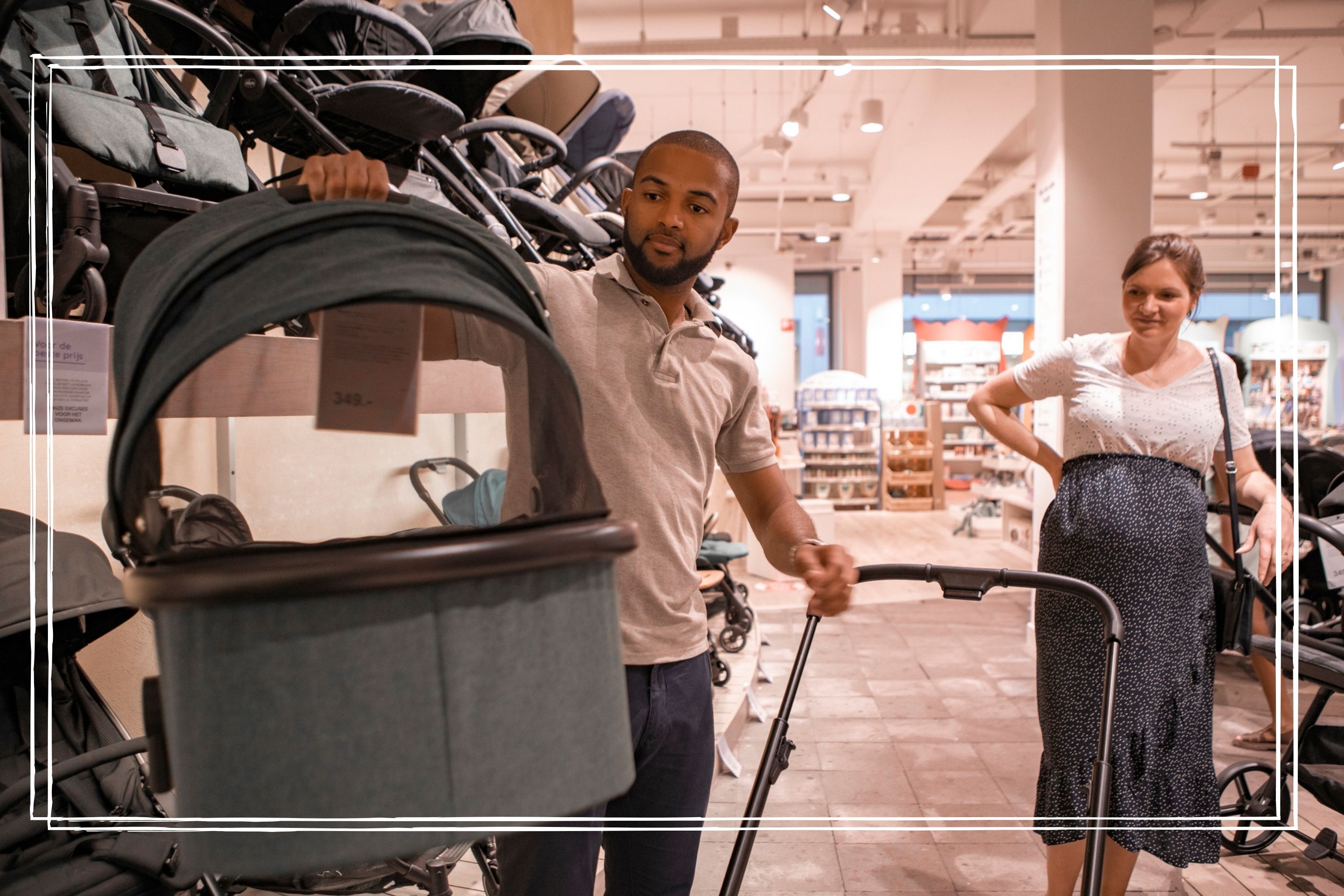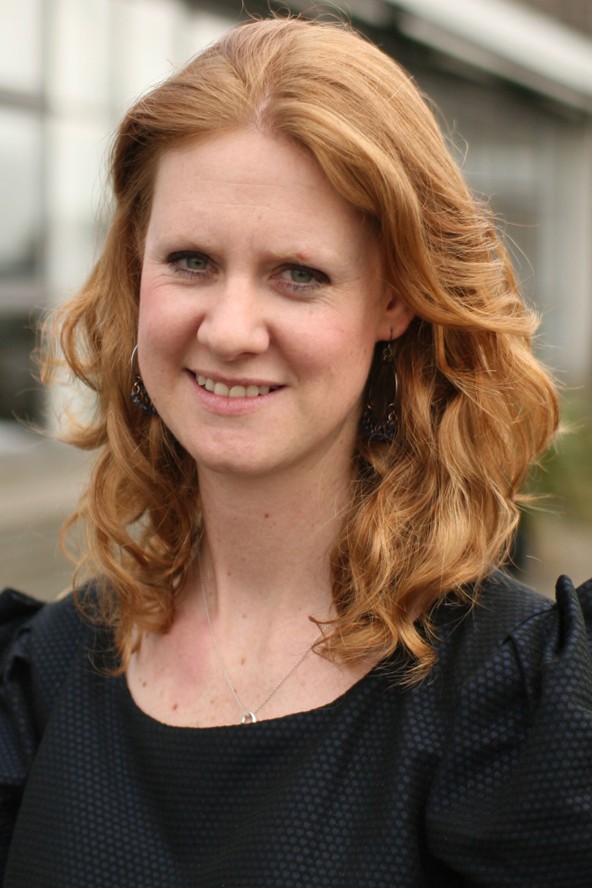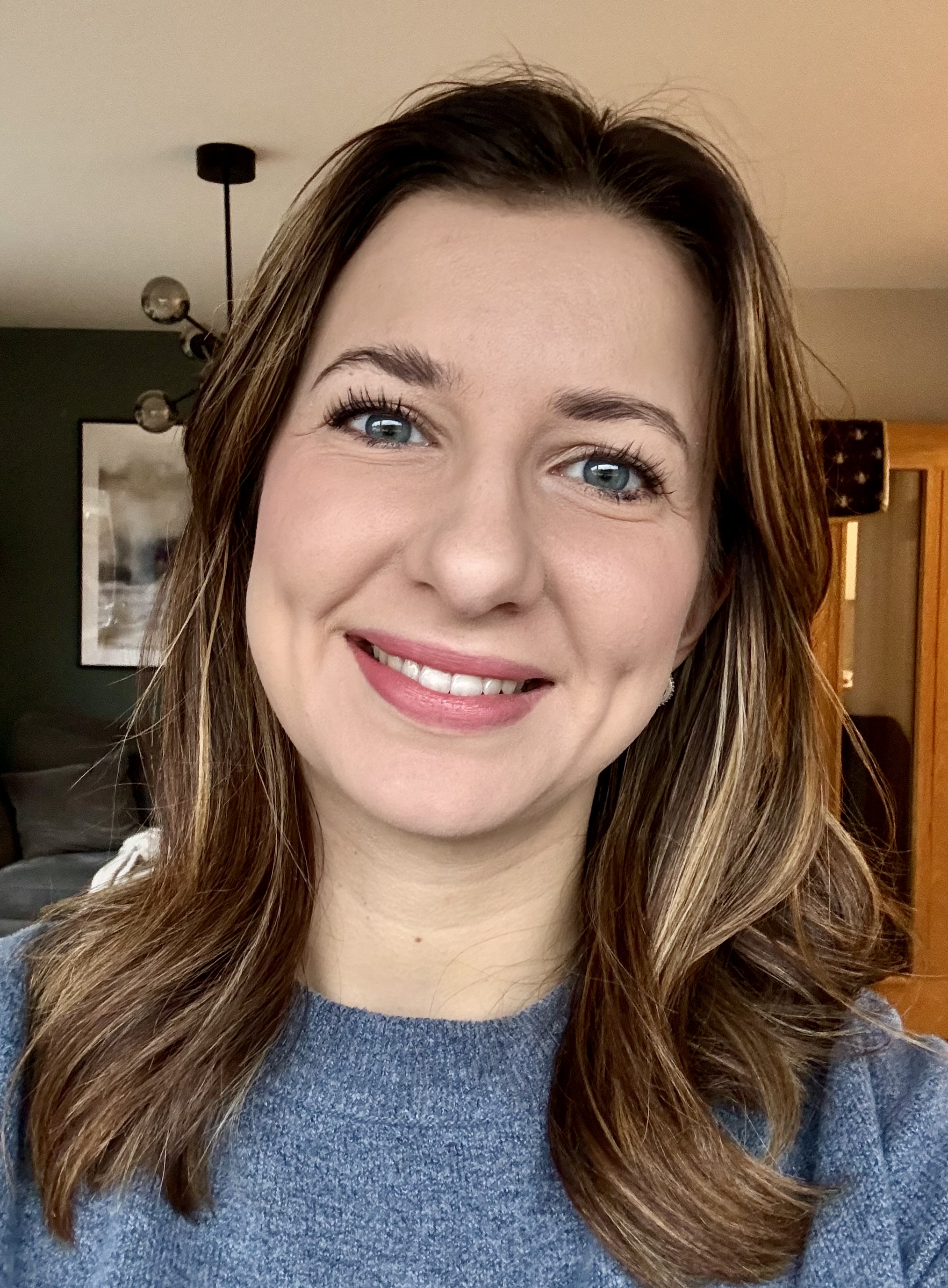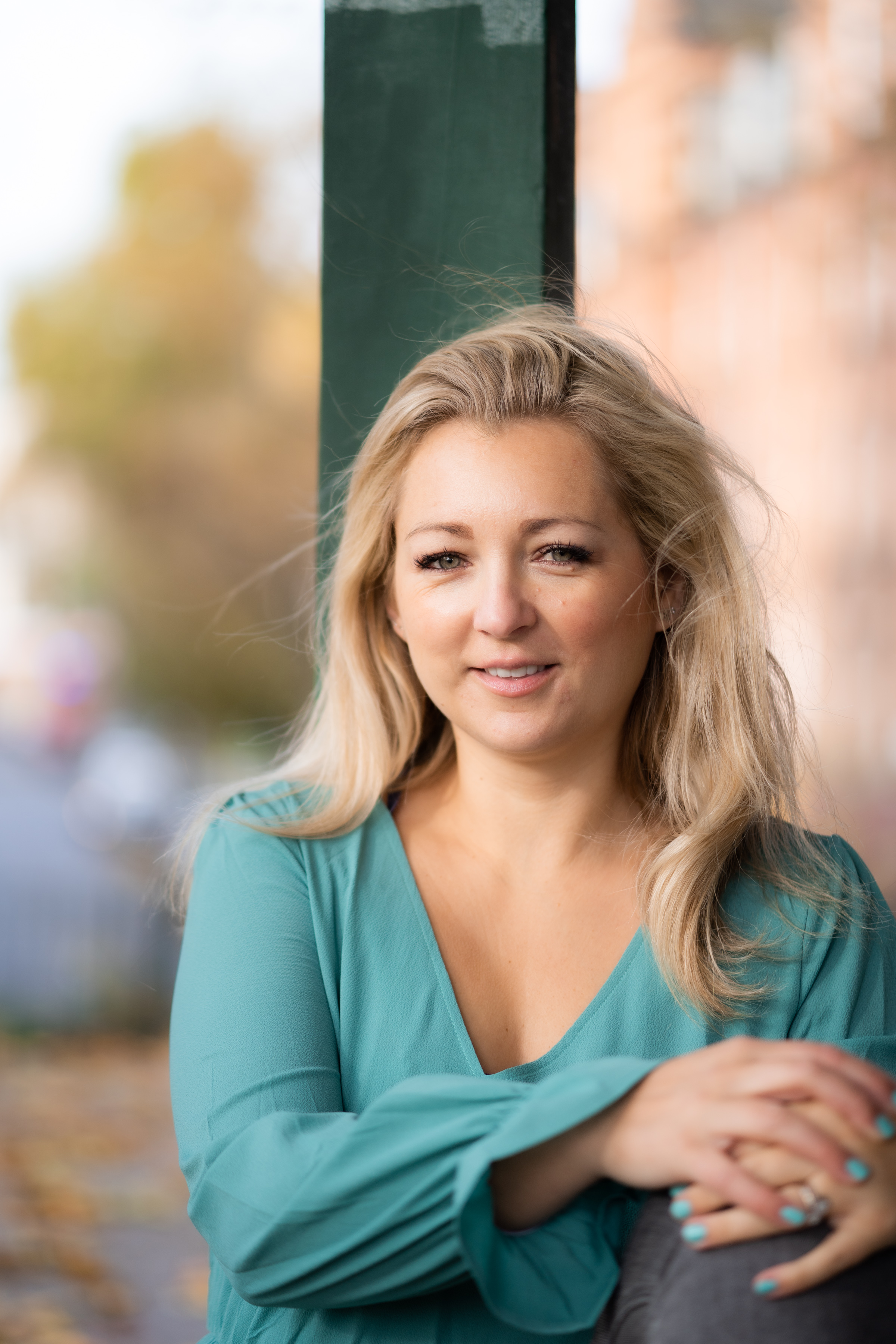Pram vs pushchair: which is better for your baby?
Parenting experts debunk the differences between a pram vs pushchair


Heidi Scrimgeour
If you're weighing up the pram versus pushchair debate and wondering which one is best for your baby, things can get confusing fast but help is at hand.
You're expecting a baby and you want the best newborn pram for your new bundle of joy - that should be a simple decision, right? Er, wrong... with so many different types of prams and pushchairs to choose from, you're bound to have all sorts of questions, from what is a travel system to whether you need a travel stroller. Working out what you need - and which is the best value for money - can be a bit of a headache.
But you can step away from the painkillers because we're here to help. In this article, we'll outline the differences between prams and pushchairs, compare their features, and uncover the pros and cons of each mode of transport. We've also asked parenting experts for their tips on how to decide whether a pram or pushchair is right for you.
What’s the difference between a pram and a pushchair?
The terms pram and pushchair are often used interchangeably, along with stroller and buggy. There's no industry-standard distinction between all these terms and lots of products technically fit into more than one category.
"If you want to know the difference between a pram and a pushchair, it might help to think of the difference between a rucksack and a handbag," says Heidi Scrimgeour, Shopping Editor at GoodtoKnow. "They both broadly do the same thing - make it easier for you to transport your stuff - and while some handbags are technically rucksacks if you can wear them on your shoulders, not all rucksacks would be considered handbags. Roughly the same thing, with some key differences, and designed for slightly different purposes."
The most important thing to note is that a pram allows a baby to lie fully flat, which is essential for babies under six months old. This is because their lungs are still developing, and lying flat optimises oxygen saturation. Lying flat also supports the healthy development of the baby's spine and hips.
Pushchairs, also known as strollers and buggies, have upright seats designed for babies over the age of six months when they can support their head and neck and can sit up rather than needing to recline. Pushchair seats are usually highly adjustable and many can be reclined to allow the child to nap in comfort in the pushchair.
GoodtoKnow Newsletter
Parenting advice, hot topics, best buys and family finance tips delivered straight to your inbox.
Here's where prams and pushchairs overlap - some pushchairs have seats that can recline fully flat, making them suitable for babies under six months even though there's no lie-flat bassinet. This type of pushchair is a good buy if you're short on storage space as you won't need to find room to store a detachable bassinet once your baby outgrows it.
Types of prams and pushchairs explained
Prams
A pram has either a detachable bassinet that the baby can lie flat in or a pushchair seat that can recline fully flat and is approved for use from birth. A pram is a good choice if you want your baby to be able to stretch out in a comfy bassinet when you're on the go, but factor in that your baby is likely to outgrow it by the time they're six months old and you'll need space to store it. If you're not keen on this, choose a pushchair without a bassinet that has a reclinable seat and is suitable for use from birth.
Pushchairs
Broadly speaking, pushchairs are generally more lightweight than prams and thus are easier to fold, lift and carry, should you need to. To help keep their weight down, a pushchair tends to have a smaller shopping basket underneath the frame than a pram. Pushchairs are sometimes also a little less substantial and sturdy than prams because they’re designed for older children who don't need as much cushioning or suspension as newborn babies do.
Three-wheelers
Three-wheeler pushchairs are designed with two rear wheels and one front wheel. They are hard-wearing and good for rough, outdoor terrain as they are easy to manoeuvre. This manoeuvrability also makes them a popular choice with running or fitness enthusiast parents, as they are easy to push at higher speeds.
Double pushchairs
As its name suggests, a double pushchair holds two seats. These can either be side by side or in tandem. These are a popular choice with parents of twins or children who are close together in age and who both require a pushchair.
Travel systems
Primarily designed for parents who drive frequently, a travel system is a one-stop shop when it comes to your baby’s transportation needs. It consists of a pram frame with three interchangeable seating options; a detachable lie-flat bassinet, a pushchair seat, and an infant car seat.
"With a travel system you essentially get a pram and pushchair in one as you can use the bassinet for your newborn and then, after six months, switch to using the pushchair seat once your baby can support their head and no longer needs to lie flat," explains Heidi Scrimgeour.
"The big advantage of a travel system is that you can move your baby between the car and the pram more easily during the first year - you simply lift your baby out of the vehicle while they're in the car seat and clip it straight onto your pushchair frame, then do the reverse when you're ready to get back in the car. There's no stressful wrestling of your baby out of a car seat and into a pram or pushchair and then back into the car seat when you're out and about. Do note, however, that car seats that attach to a pram or pushchair frame can usually only be used until your baby is a year old. At that point you'll need the next stage car seat in your vehicle and your travel system will continue to be of use as a pushchair without the bassinet or car seat."
Pros and cons of prams and pushchairs
Prams and pushchairs serve the same purpose - transporting your child in comfort - but each mode of transport has its pros and cons, as we explain below:
- Prams are a great choice for newborns... and act as a ‘cot on wheels’, allowing babies to lie flat and sleep in a swaddle or sleeping bag when you're on the move.
- Prams offer extra protection from the elements - the pram hood and the cushioned side of the bassinet ensure babies are safe and snug at all times.
- The main disadvantage of a pram... is that it tends to be bulky and may take up a significant proportion of your car boot. The bassinet, while great at providing a cocoon for your baby, may make a pram difficult to fold down and store compactly.
- Prams tend to have a heavy chassis - this can make them tricky to manoeuvre and heavy to lift.
- The advantage of a pushchair... is that it's designed to be light and compact. Pushchairs fold down compactly and with the minimum of fuss, should you need to fit one on a bus or train, or even into an overhead locker on a plane.
- Some pushchairs are approved for newborn use while others have a minimum age restriction of six months, usually because the seat doesn't recline flat enough for a very young baby.
- You can often choose whether your child faces you or the direction of travel if you opt for a pram, whereas lots of pushchairs have fixed seats that can't be adjusted to face the person pushing it.
- Both prams and pushchairs tend to be suitable from birth up to age three or four when a child no longer needs to be pushed.
Which is best for a newborn, a pram or pushchair?
A pram is the best option for a newborn as it allows a baby to lie flat. This is essential for optimal breathing as it supports the healthy development of the lungs, which continue to develop after birth. Before the age of six months, babies don’t have the core strength to support their necks so sitting in an upright position could decrease a baby's oxygen saturation level.
Some pushchairs also have lie-flat seats which are safe for newborns when fully reclined. If you're considering one, make sure you're happy with the level of protection this offers your little one, compared with a bassinet, before you invest.
At what age should babies move from a pram to a pushchair?
The general guidance is that a baby shouldn’t sit in an upright pushchair seat until they are around six months old. That said, Rosey Davidson, founder and CEO of Just Chill Baby Sleep, says: “It can vary from baby to baby. They need enough core strength to sit upright and hold their head up so you need to be mindful of your own baby's development.”
Georgia agrees: “There is no definitive age but once the baby is sitting unaided at around six months, you'll need to move them from a bassinet into a more upright seat unit so that they can be safely strapped in.”
Which do I need: a pram or a pushchair?
If your baby is under six months old, choose a pram with a bassinet for lying flat. Alternatively, pick a pushchair that's approved for use from birth (some pushchairs specify 6m+) and make sure the seat can recline fully flat.
If your baby is over six months old, you won't need a lie-flat bassinet. Pick a pushchair with an upright seat but consider choosing one with an adjustable seatback so that you can recline your baby if they fall asleep in the pushchair,

Georgia is a mum of two and an antenatal educator. She founded Aurora Birth Club to provide a community for parents as they navigate pregnancy, birth and new parenthood. Georgia is passionate about ensuring every new parent feels empowered, supported, and prepared for parenthood.

Rosey is a parenting expert and the founder of Just Chill Baby Sleep, an infant sleep consultancy focused on providing straightforward, no-nonsense sleep advice to parents. She is also a Campaigner for Childhood for the NSPCC and a mum of three.
Looking for more shopping advice? Have a read of our guide to going running with a pram or take a look at our edit of the best pushchairs.

Charlotte Duck is an award-winning lifestyle and parenting journalist who writes who regularly writes for Tatler, the Evening Standard, Yahoo, and Hello Magazine about everything from royal hairstyles to fixed-rate mortgages. She was previously Kidswear Editor at M&S and worked in-house at Boden but, while she loves writing about beautiful children's clothes, she has three children who refuse to wear them.
- Heidi ScrimgeourDeputy Editor